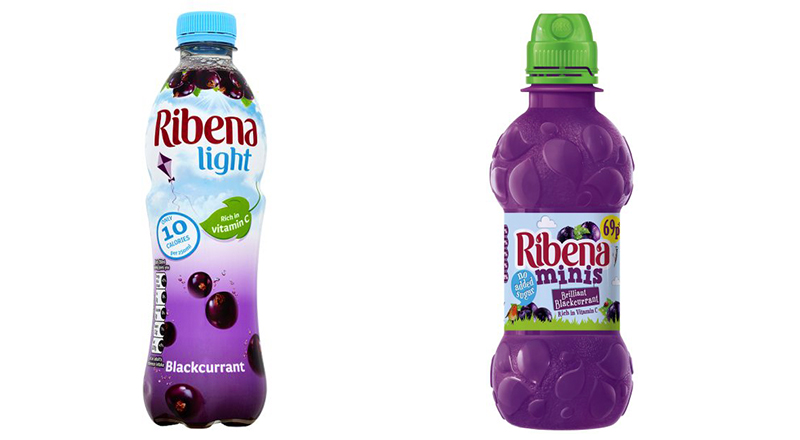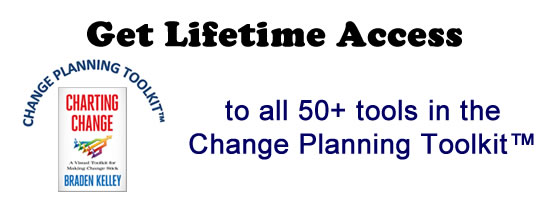3 Problems With Positioning Statements
The concept of positioning statements has been around for decades, however just because you know what positioning is, doesn’t mean you understand how to do it.
The classic positioning statement is a fill-in-the blanks exercise where you create a single phrase that encapsulates what your offering is about relative to your competition.
It usually looks something like this:

There Are 3 Main Flaws With Positioning Statements
1. They assume that the positioning for your product or service is magically locked inside your head and you just have to write it down.
The truth is that every product can be positioned in a multitude of ways. Which one you choose will have a massive impact on your business. The positioning statements exercise encourages you to assume that there is only one way to position your product or service – this is a very dangerous assumption!
Let’s look at an example to illustrate the point.
Imagine you are Ribena and you decide you’re going to make your ubiquitous blackcurrant drink into a “no sugar†version because sugar is starting to get loads of bad press. You would have made a set of critical decisions about the business opportunity.
These include:
- Target buyers and sales channels – adults wanting a low-calorie fruity soft drink while they’re on the go – food to go aisles of supermarkets, petrol stations, newsagents etc.
- Competitive alternatives – other diet or low-calorie drinks
- Pricing and margin  – you won’t be likely to charge much more than other diet drinks, since you’ll be sold alongside them
- Key product features –  because you are fighting a war for the hearts and minds of weight conscious sweet drink lovers, your product differentiator will need to appeal to them. You might make claims like “only 20 calories†or “same great taste with less caloriesâ€.
Now suppose instead of deciding to make a “no sugar†version for adults, you decided to make it for kids. The product hasn’t changed — it’s exactly the same liquid, but almost everything else about your business has changed. Why? Because we changed the frame of reference around the product:
- Target buyers and sales channels – mums wanting healthy drinks for kids lunch boxes and picnics – supermarket take-home squash aisle
- Competitive alternatives  – you are now competing with other kids drinks
- Pricing and margin  – as these are products to be stored in home, you might be able to get the mum to stockpile them, and therefore sell more of them at a time
- Key product features and roadmap  – you are now fighting for the hearts and minds of mums who want healthy “treat†drinks for their kids. They’re likely not worried about calories, but more about the things like sugar which make their kids hyper! Perhaps the drink needs to be in a smaller bottle or with a spill proof spout, or maybe Mums need reassurance that the drink contains some goodness, like vitamin C.
If I’m Ribena, which frame should I choose? Did I even consider adults vs. kids? The answer is important and will fundamentally change the opportunity. Everything is different, except the liquid inside the bottle. The name, the visual positioning, the claims, the structure, the retailers and buyers you pitch it to. So, pre-deciding the frame of reference is a big flaw, but there are two others.

2. They are forgotten as quickly as they’re written
The output of the exercise is an awkward Frankenstein statement of gobbledygook that cannot be easily shared, understood or used by the teams that need to use it. It’s too vague and conceptual and nowhere near directional enough. It also severely lacks any inspiration that will excite and galvanise the business behind it. Like other totally useless business exercises, it is completed and never referred to again. It’s a total waste of time.
3. They assume markets are static
Creating a positioning statement gives you the false sense that you are “done†doing positioning. Markets change because companies, technologies and consumers change – all of the time. Great positioning often becomes weak over time. Positioning cannot be a one-off exercise.
So, What Should You Do Instead?
Without hesitation, bin the positioning statement! Instead, start to think expansively about all the possible opportunities that are open to your brand (target audiences, occasions, channels etc.). Then expose your rough idea to the different target audiences that it could have legs with and use their feedback to narrow down where the biggest (scale) and best (brand fit, route to market, feasibility) opportunity is for the brand now and in the future. More to follow on this in a future article.
Inspired to throw your product positioning statement out the window? Talk to us about what to do next…
This blog was originally posted on The Strategy Distillery website here.
Wait! Before you go…
Choose how you want the latest innovation content delivered to you:
- Daily — RSS Feed — Email — Twitter — Facebook — Linkedin Today
- Weekly — Email Newsletter — Free Magazine — Linkedin Group
 Shelly Greenway is a front-end innovation strategist and partner at The Strategy Distillery – a brand innovation consultancy that specialises in opportunity hunting and proposition development. Their success rates are driven by their proprietary consumer co-creation IP. Follow @ChiefDistiller
Shelly Greenway is a front-end innovation strategist and partner at The Strategy Distillery – a brand innovation consultancy that specialises in opportunity hunting and proposition development. Their success rates are driven by their proprietary consumer co-creation IP. Follow @ChiefDistiller
NEVER MISS ANOTHER NEWSLETTER!
LATEST BLOGS
How Brexit Has Affected UK E-commerce Businesses
Photo by Zyro on Unsplash The popularity of online shopping was already growing at an impressive rate – and…
Read MoreOvercoming range anxiety: three tips for EV owners
Photo by Jenny Ueberberg on Unsplash In the last few years, electric vehicles (EVs) have become more and more…
Read More


